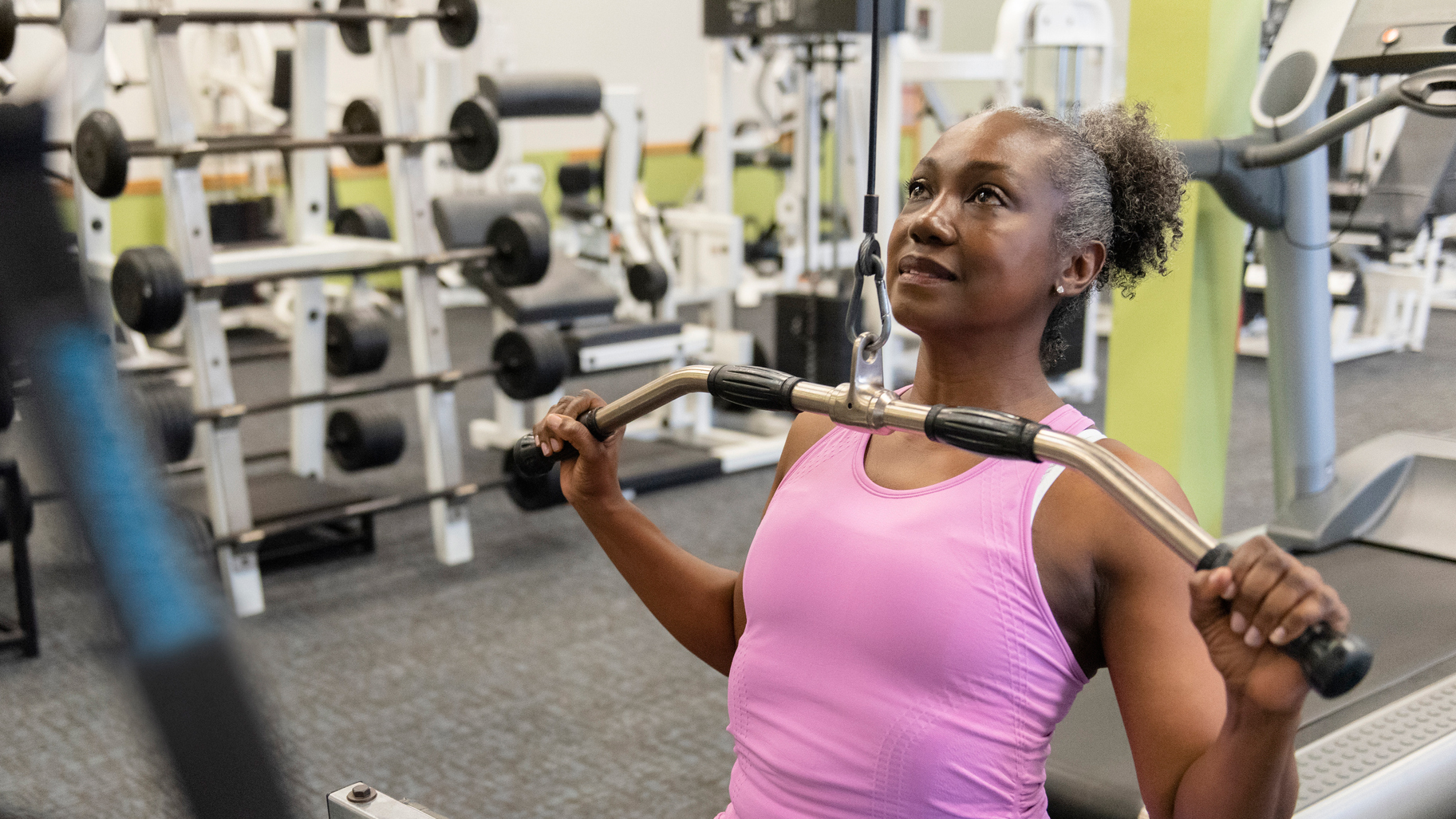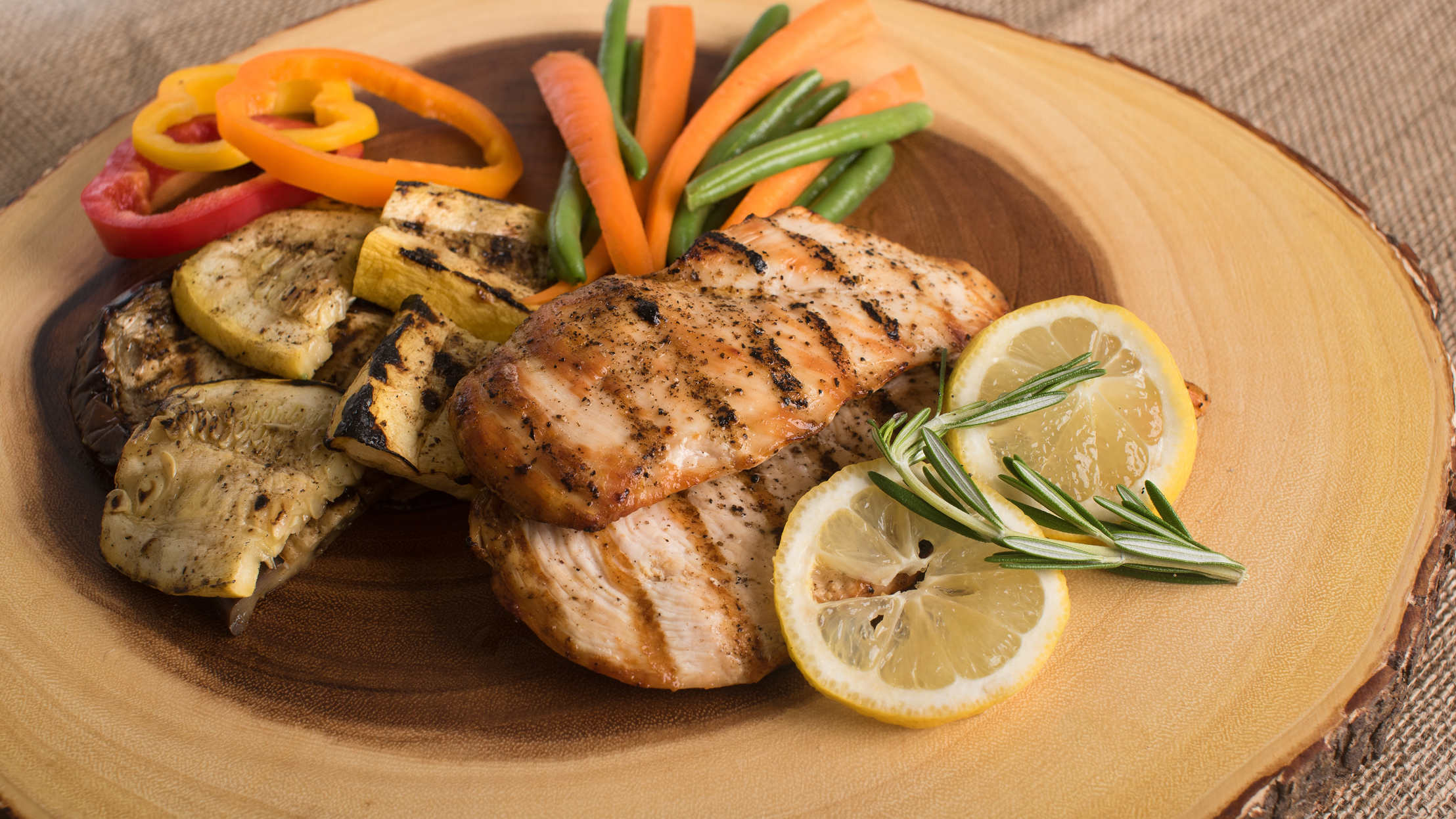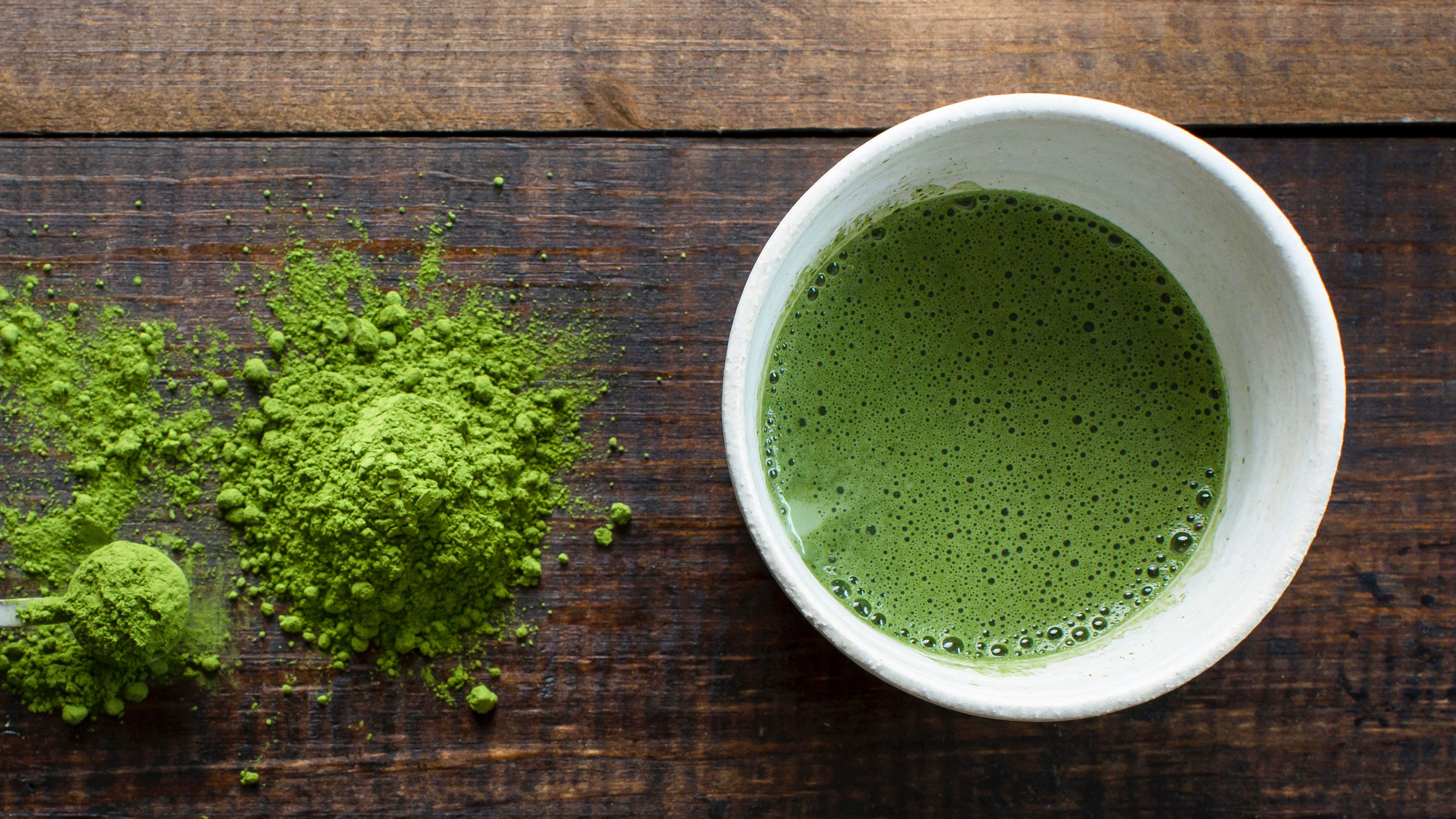Here's how to boost your metabolism to lose weight, even if you're over 50
Resistance training with your bodyweight, free weights or bands twice a week can help you lose weight and fight aging


If you're over 50 and struggling to lose weight, you're not alone: it's very common for shedding pounds to be harder than it used to. Being an active senior can be a struggle, specially for those trying to get back into fitness after a long absence, or people coming to weight loss for the first time. Most people try different forms of cardiovascular training - if you're an experienced exerciser, you might opt for a HIIT workout, while beginners might tend to go for a Couch to 5K plan for running or even walking to lose weight.
Although all of the above are great, they may not be address the real problem, which is the metabolic slowdown that inevitably comes with ageing. We break down how to change your metabolism for the better below, including the best kind of exercise, diet and other tricks to boost your metabolic rate.
How metabolism works
Our metabolism is a group of chemical reactions that keeps our bodies transforming food into energy. The higher your metabolism or metabolic rate, the more efficiently we transform food into energy. Lower metabolisms don't turn that food into energy very quickly, so it's more likely to get stored as fat. Our bodies burn calories even while at rest due to the simple effort of keeping our bodies going, and in younger people, metabolism burns bright and fast, torching calories quickly. Unfortunately as we age, our metabolism often slows down.
One of the causes of this is a process called muscular atrophy, in which the body's stores of muscle waste away as we age, which is why very elderly people are physically very weak. Our body expends energy supplying muscle with oxygen via red blood cells, so as our muscle wastes away, so too does our metabolism, as it's spending less energy. It's not the only factor in metabolic decline, but it's certainly a contributing one.
How to train to increase your metabolism
The solution? Training to build muscle as well as burn calories will defy ageing and help you keep the weight off. Bodybuilding isn't just for beach muscle and big-screen superheroes – older exercisers can build muscle to fight off ageing and slow down time's effect on our bodies. This is actually quite easy, and doesn't have to be about throwing around very heavy weights. Simple, safe exercises using your own body, resistance bands and light weights can generate big results, helping you to tone up and slim down.
The UK's National Health Service reports "muscle cells require more energy to maintain than fat cells, so people with more muscle than fat tend to have a faster metabolism". A study from Quincy College in Boston backs this up, looked at people between the ages of 21 and 80, all beginning exercisers, and had them lift weights between twice and three times a week for 10 weeks.

At the end of the programme, the students had lost an average of 3.9lbs of fat and put on 3.1lbs of muscle. This improved their body's ratio of fat-to-muscle, making them fitter and stronger instead of just thinner. It proves resistance training is a great way for over 50s to lose weight by revving up your metabolism, and by adding cardio into the mix as well, you'll continue to burn additional calories.
Start your week with achievable workout ideas, health tips and wellbeing advice in your inbox.
You don't have to start living big heavy weights in the gym to see results – this can be accomplished at home with a set of the best adjustable dumbbells or best resistance bands. Resistance bands especially are exceptional for older exercisers, as they are very light, can travel anywhere and are very safe to use. Heavy weights have a small chance of causing injury if they're dropped, whereas bands weigh almost nothing and are extremely safe for home use. They come in a variety of strengths and usually in a multipack, so you can start with very light tensile strength and work your way up to thicker bands with stronger resistance.
Pull-ups and dips, push ups, squats and other bodyweight exercises can help you build muscle even without any equipment, making these simple muscle-building moves a great way to get started. These moves often require a degree of core strength, and moves like squats and push ups can help you build strength to take on weighted versions like the barbell squat and bench press.
How to eat to fuel your metabolism

You can also keep your metabolism active by eating more protein. As opposed to carbohydrates, which are easy for the body to break down and store as fat, protein sources have a high "thermic effect", which means it's much more difficult for your body to break down into usable stuff.
You're using more calories just during the digestion phase to break down your steak, chicken or oats: plus, you need lots of protein to build up all that muscle. In addition, one study published by researchers from Yale University School of Medicine, among others, found high-protein diets "have considerable beneficial effects on satiety and weight control".
In short, a high-protein diet makes you feel fuller for longer when compared to a high-carbohydrate diet, helping you to control hunger pangs while fuelling your muscles and increasing your metabolism. The key is to reduce carbohydrate sources high in starch and added sugar, such as chips, fries, soda, wine, beer, bread, white rice and so on.
It's easier than it sounds. You can partially replace these starchy, sugary foods with simple alternatives. For example, opt for whole grain options like porridge, or a high-protein breakfast such as an omelette, instead of a sugary breakfast cereal. For the rest of the day, go for a mid-morning piece of fruit instead of sugary cookies with your coffee, and take an extra helping of vegetables with dinner instead of starchy, oily potatoes. You should up your protein intake too, using sources such as lean meat, fish, pulses and even our best protein powder for weight loss. Combined with regular resistance training and the occasional cardiovascular workout, you'll soon begin to see results.

More ways to increase metabolism over 50
Want to know some more ways to increase your metabolism over 50? One simple way is to drink water. That’s right, studies have shown that drinking half a litre (500ml) of H2O can increase resting metabolism by up to 30 per cent – but only for an hour at a time.
Here’s the thing. When we drink, our body goes through a state called thermogenesis to heat the water to body temperature. Using energy to create heat like this requires burning calories, which can in turn boost metabolism.
While the benefits only last an hour, the good news is that thermogenesis happens every time you drink water, so staying hydrated is one easy way to increase your metabolism. Switch to cold water to boost the calorie-burning effect, as the body uses more energy to heat it to body temperature.
Another way to increase your metabolism as you get older is to get a good night’s sleep – this self care habit can do wonders in balancing the fluctuating hormones that wreak havoc after 50. Being tired means you are more likely to make bad food choices, as the lack of sleep dulls activity in the brain’s frontal lobe (the powerhouse of decision-making and impulse control). In short, a well-rested body is more resistance to cravings and less likely to snack on sugary treats for energy.
Research has also revealed that sleep deprivation makes the body slow the metabolism to conserve energy. Another study showed that lack of zzzs can alter the glucose metabolism and hormones involved in regulating weight – namely, less leptin (the hormone that decreases appetite) and more ghrelin (responsible for hunger).
Another tip is to start drinking green tea, which may be beneficial for weight loss by helping the body’s metabolism be more efficient.
It contains bioactive substances like caffeine and a calorie-burning antioxidant called epigallocatechin gallate (EGCG). The caffeine is a stimulant known to aid weight loss and performance, while the antioxidants in green tea, called catechins, can help speed up the rate at which your body burns fat.
Matt Evans is an experienced health and fitness journalist and is currently Fitness and Wellbeing Editor at TechRadar, covering all things exercise and nutrition on Fit&Well's tech-focused sister site. Matt originally discovered exercise through martial arts: he holds a black belt in Karate and remains a keen runner, gym-goer, and infrequent yogi. His top fitness tip? Stretch.
